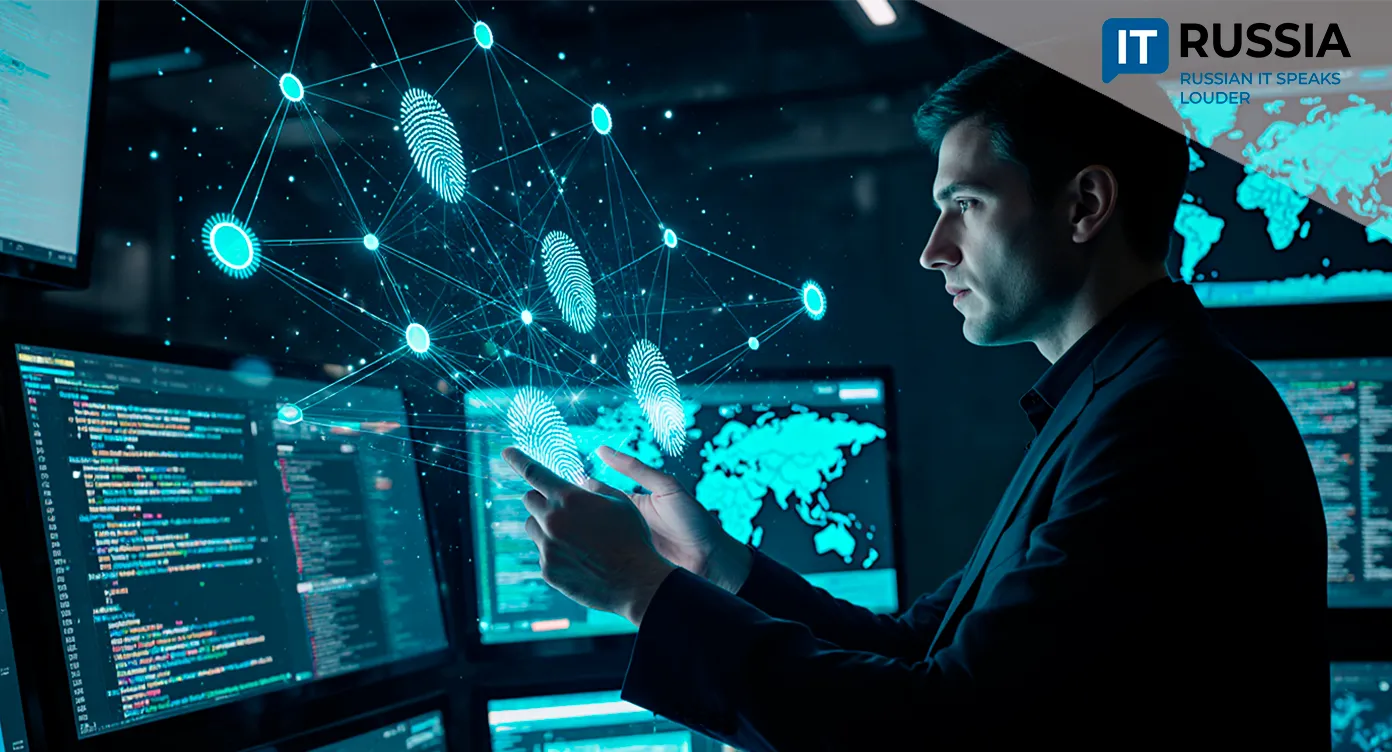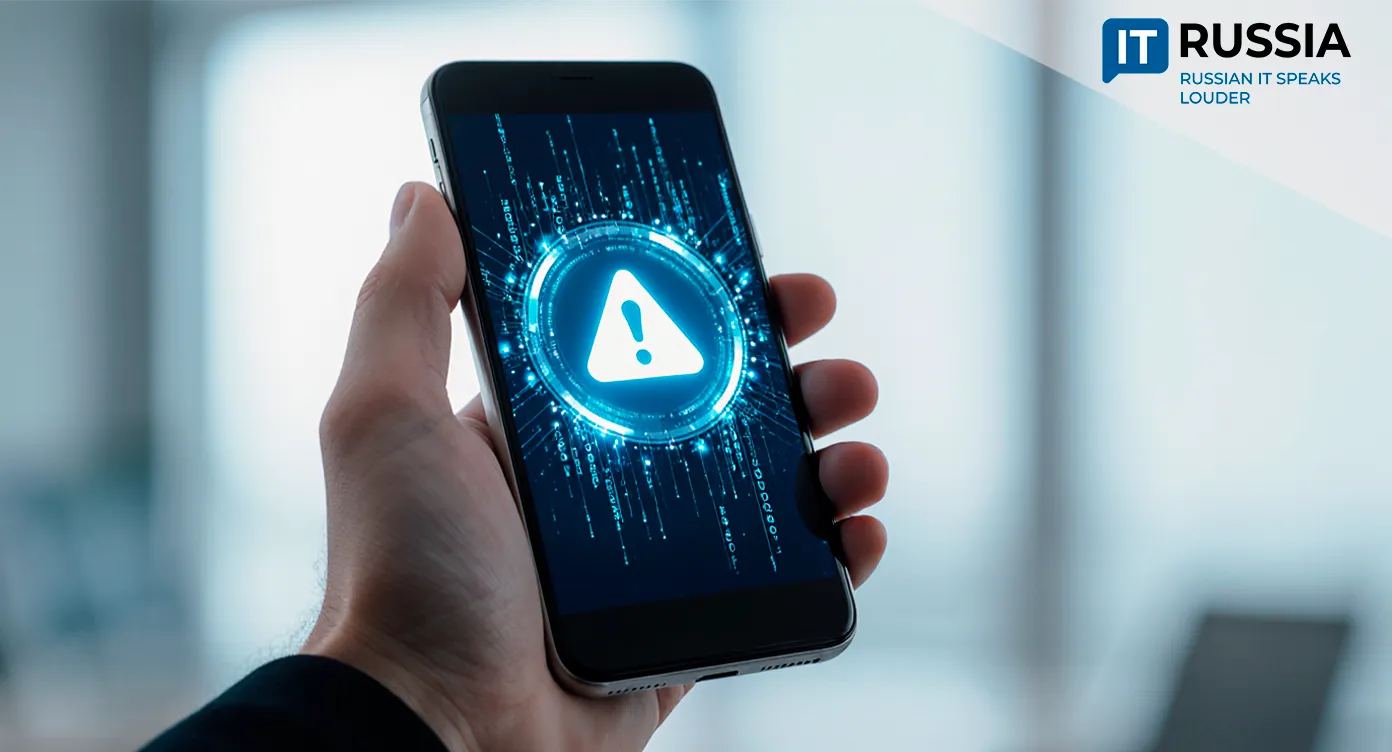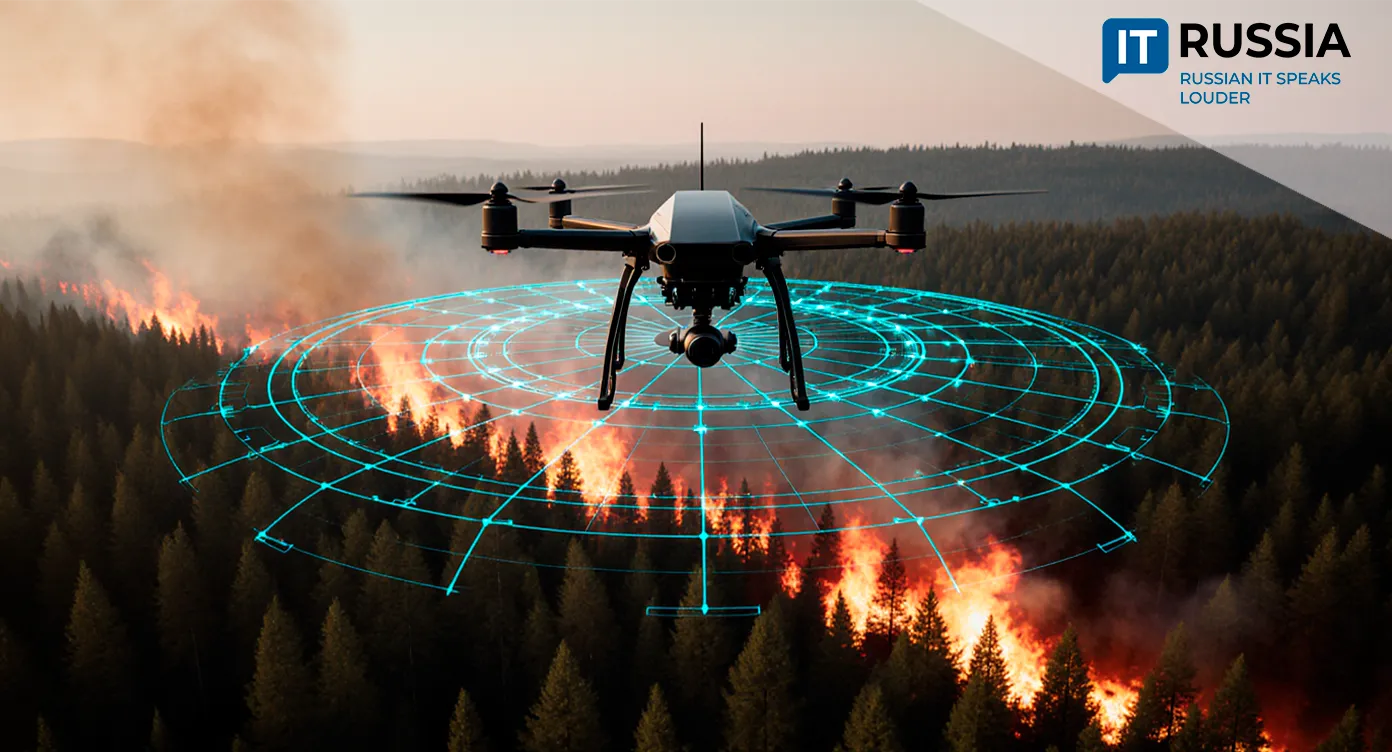Digital Footprints Against Cybercrime: How St. Petersburg Police Are Tracking Hackers
Law enforcement agencies in St. Petersburg have revealed how they use digital footprints—IP addresses, billing data, cell tower locations, and SIM card metadata—to identify cybercriminals. The approach underscores Russia’s growing reliance on digital forensics to investigate cybercrime.

Digital Hygiene and Forensic Precision
The foundation of modern cyber investigations lies in the “digital fingerprint.” By analyzing IP data, SIM registration details, billing logs, and tower-based geolocation, investigators can reconstruct online behavior and link digital traces to real individuals. Even when criminals hide behind VPNs, law enforcement can usually uncover their identities through SIM and tower analysis, metadata, and recovered correspondence.
For citizens, these investigations serve as a reminder that true online anonymity doesn’t exist—and that digital hygiene and SIM security are vital. The shift toward forensic analytics is fueling demand for NDR/NTA systems, threat intelligence (TI) services, log-correlation tools, and OSINT/DFIR solutions. At the same time, authorities are intensifying their crackdown on “gray” SIM cards and telecommunication fraud, reducing fraud-related burdens on banks and mobile operators. Russia’s strategy aligns with global best practices in electronic evidence handling.
Technological and Regulatory Horizons
Experts in St. Petersburg see significant technological implications. The trend is accelerating adoption of network detection and response systems (NDR/NTA) and threat intelligence platforms designed to correlate multiple indicators of compromise. Regulatory implications are also evident: subscriber identification rules are tightening, and regulators are purging unregistered SIM cards. Between 2024 and 2025, mobile operators were blocking up to 300,000 SIM cards per week. Authorities are simultaneously considering simplified registration procedures for tourists to reduce gray-market sales.

On the procedural front, Russia expects greater international cooperation and more data-sharing requests to global service providers. However, authorities must balance investigative efficiency with civil rights. Legal experts have warned that IP addresses and user accounts—often treated as “simple” indicators—can lead to overreach if used as sole evidence.
Global Cooperation and Private-Sector Involvement
Russia has been conducting a massive cleanup of unregistered SIM cards. In 2024, the national regulator reported millions of blocked numbers, striking directly at the infrastructure of phone fraud. The St. Petersburg police have dismantled multiple fraud-support hubs, including traffic redirection nodes and SIM-bank operations—cases where digital traces and billing data helped identify criminal networks.

In September 2025, police detained cybercriminals who used malware to hijack mobile apps and apply for loans through the Gosuslugi (public services) portal. The attackers had purchased previously used SIM cards on the dark web, matched them to linked Gosuslugi accounts, and then intercepted authentication messages. This gave them full access to victims’ personal data.
The Organization for Security and Co-operation in Europe (OSCE) emphasizes that fighting cybercrime requires coordinated international action and public-private partnerships—a direction Russia’s efforts are increasingly aligned with.
Forensics Becomes the New Norm
Digital trace analysis is becoming a standard investigative practice in Russia. This creates strong market demand for advanced analytics platforms and pushes the state to fine-tune subscriber identification and data-sharing frameworks.

Over the next three years, experts expect wider deployment of digital forensics tools across regional police departments, the establishment of new forensic centers under the Ministry of Internal Affairs, and continued “whitening” of the SIM market with labeling of foreign-origin calls and traffic. More cases involving billing, geolocation, and metadata analysis are expected, alongside a rise in interagency and international evidence requests. Legal debates over privacy boundaries and the permissible use of digital traces will likely intensify.










































